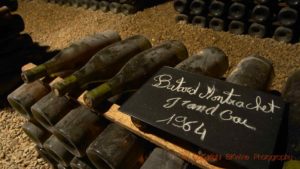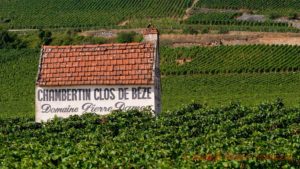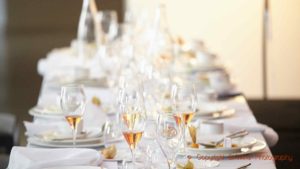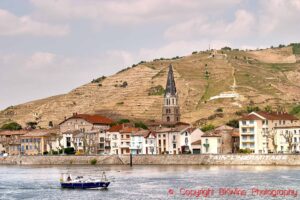Wine travel in Chablis, Champagne and Bourgogne
Perhaps we should call it our CCB Tour but it would sound too much like BBC and it might give the wrong kind of ideas. We certainly want people to think of reliability, and the best contents there is when they think of our wine tours, but perhaps not of a state financed behemoth. So let’s stick with The Three Classics Tour. It is one of the most popular tours on our travel program.
We are just back from three (or five, depending on how you count) incredible days in Champagne, Chablis and Burgundy. Here are some highlights.
Paris
We started off from Paris on Wednesday afternoon to arrive in Epernay in almost summer heat in early evening. The following morning we headed out to meet with Benoit Tarlant of Champagne Tarlant, one of the many family-owned “independent”wine producers in Champagne.
Champagne has, to put it simply, three types of wine producers: First, the “Champagne houses” (“maisons”). This includes the handful of famous names that everyone recognises (Moet & Chandon, Pommery, Dom Perignon, Krug, Bollinger etc) and some others that are less known. Typically they own some vineyards but buy grapes (or wines) for the majority of their production. You could call these the Big Brands of Champagne. Secondly we have the “independent” growers, often family owned. They only make wine from their own grapes, grown on their own land. They are smaller than the Houses and very few are well known names. The third group are the cooperatives that make wine on behalf of the members.
Champagne
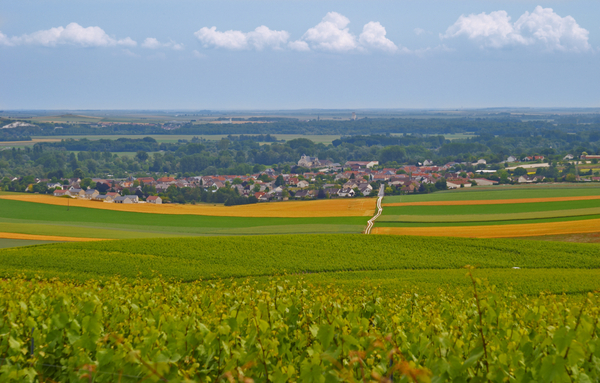
Tarlant is a relatively big independent Champagne producer. The figure heads of the new generation of Tarlants are Benoit and Mélanie — both natural geniuses in social networking and marketing. At least so it seems, since they have made quite a name for themselves in the social media world.
Benoit took us out in the vineyards to look at the budding vines — buds bursting so you almost could hear them in the exceptional spring weather. Then a visit to the winery. (Yes stainless steel tanks can be fascinating! I promise!) On the way to the cellar we happened to see a collection of dried herbs; horsetail, dandelion and others. And was it perhaps a dynamiser in the corner? Is Tarlant going biodynamic? We can only wonder.
Hard act to follow but Philipponnat managed brilliantly with both Charles Philipponnat, Vianney Gravereaux, and Nicoletta De Nicolo greeting us. They are one of the “smaller” houses making around 750,000 bottles a year. They are generally quite powerful wines with a substantial amount of pinot noir in.
We finished the visit with a fabulous lunch (indeed!) and a few wines: first the same one with no dosage and with normal dosage (added sugar) — very interesting! — followed by ’04, ’03, ’02 and ’00. The 2000 was the mythic Clos des Goisses from the very steep vineyard that is a Monopole for Philipponnat. Served decanted! “After so long on its lees it may have a little bit of reduction” Charles explained. We certainly did not argue. We just enjoyed the wine and food. Including a sweet champagne to the desert.
As penance after these excesses we all had to walk up the Clos des Goisses hill after lunch…
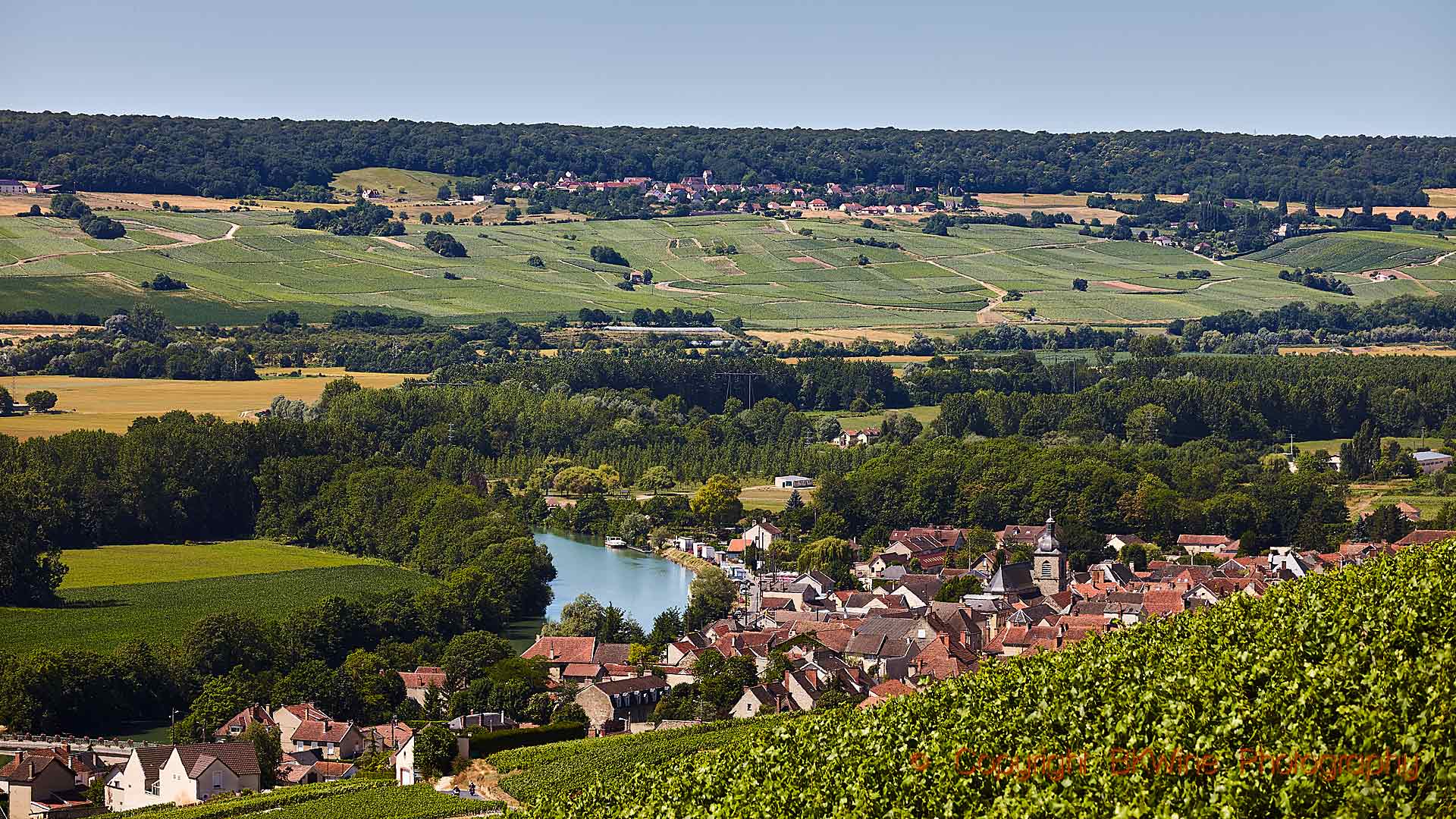
Chablis
Then off to Chablis!
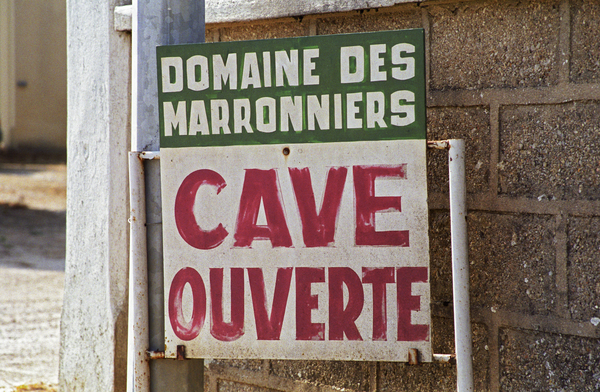
In Chablis we met with Domaine des Marronniers first thing in the morning. Vines bursting with energy in the vineyard — almost summer temperatures although it was only early April. Bernar dLesgland showed us everything, including the interior of his harvesting machine.
Not often you have the opportunity to see that. The Domaine des Marronniers makes very classic and stylish Chablis and we tasted a whole series of different version.
And then it was time for lunch. Almost. Because first we had a few more stainless steel tanks to inspect (yes, it IS very interesting!) at Domaine Jean Marc Brocard. At the Brocards there are many interesting things going on.
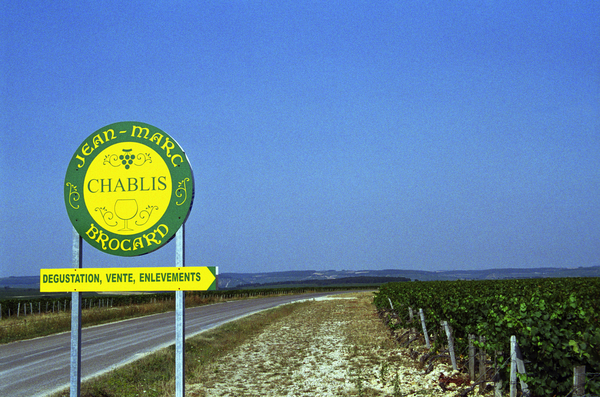
Not only is Jean Marc a fabulously successful winemaker and businessman, but the new generation is also making its own original mark. Julien, Jean-Marc’s son, is introducing organic farming, testing some barrel aging and the mysterious egg-shaped fermentation tanks etc etc.
Both Jean Marc and Julien gave their versions of the story over lunch. (Lunch included some Petit Chablis, Chablis, Premier Cru Chablis and Grand Cru Chablis of course.)
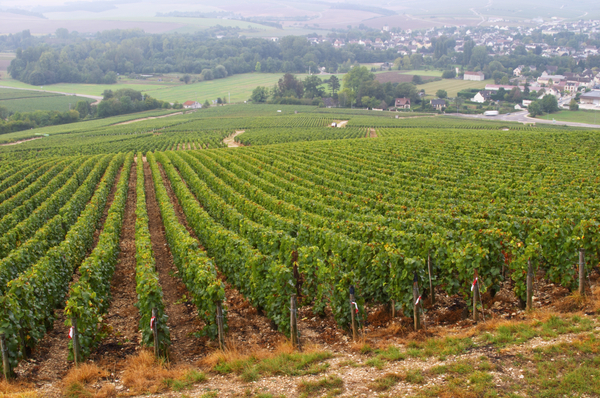
Burgundy
The third day on our Three Classics In Three Days wine tour took us to Beaune, the wine capital of Burgundy.
That day was dedicated to showing some of the most interesting and individual producers you can find in Burgundy. It is a region where it is not always the most famous names that make the most interesting wines (as in many other wine regions but the way).
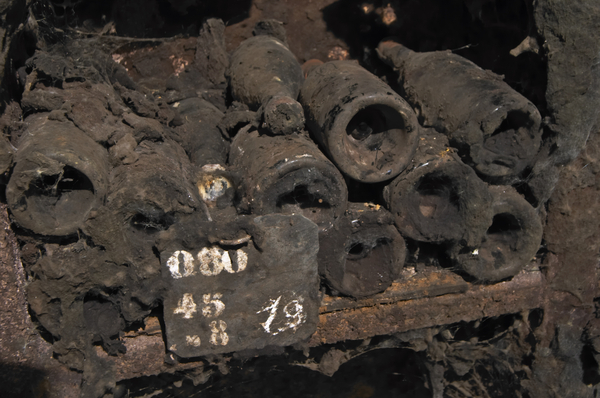
An early start took us to one of the small “négociant” houses: Domaine Daudet-Naudin, a winery that rarely accepts visitors but when they do, they do it well. When you come there you just have to go down the cellar and stroll along the humid and cold corridors. It is a sight worth seeing! Some 19th century bottles hiding in a corner here. Some stacks of old wines there. And then rows of wine slowly maturing in barrels.
The tasting included village wines, premier crus and grand crus. For example, we tasted a Corton Charlemagne 2003, rare white Grand Cru, excellent vitality and freshness. Not a hint of the heaviness that some say is typical for the year. “We had 12 bottles left. Now we only have 10″, said Emmanuel at the tasting.
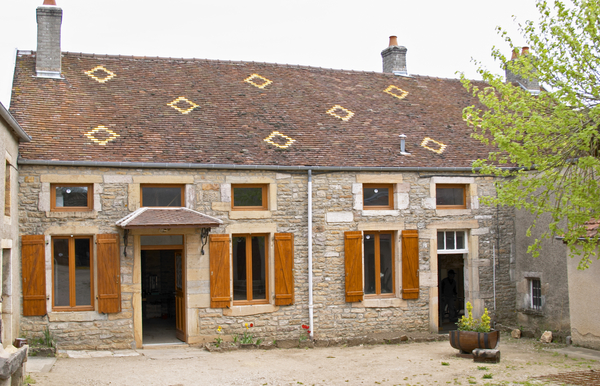
Before lunch we just had to go and inspect the pruning and the vineyards with Philippe Bertrand of Clos St Louis in Fixin. They are just on the outskirts of the village — a small family producer making excellent wines that are very good value for money. Martine Bertrand had prepared some delicious things for us —Philippe makes the wine and Martine makes the food. What an excellent combination! (They also make another rarity: a rosé from Marsannay.) We also managed to extract some of the recipes of the delicacies she served us. Watch this space for more on this later!
The last of our visits on this wine tour was at the other end of the Côte d’Or, in Auxey-Duresses in Côte de Beaune. The Auxey village is sprinkled with Prunier families so you have to be careful when making an appointment — do check the first name. Our rendez-vous was with Domaine Michel Prunier et Fille (!), on of the more and more often seen wineries where the new generation is a daughter and not a son (as was the tradition).
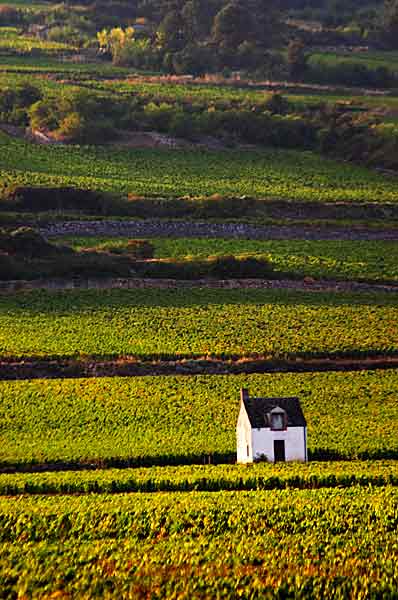
This is the kind of wine producer that if you don’t know exactly where to look you will not find them. Very small, hidden in a family house on the village street. Certainly not the kind of producer that has the marketing clout to appear in each issue of the famous wine magazines. But so much more interesting! Michel Prunier (père) explained their philosophy of winemaking and showed us his range of wines. Very artisanal. Very individualistic. Very nice, quite simply.
And the perfect ending to a three day travel orgy in wine and food was that Monsieur Prunier also made a sparkling Burgundy wine Crémant de Bourgogne, “méthode champenoise” (hush, you’re not allowed to call it that!) that was the final wine of the trip and that very elegantly closed the circle.
Oh, did I tell you about dinner at the Michelin starred restaurant in Chablis? No? Well, that will be another time then. But it was very good!
Read more on our wine and food travel on our tour overview page!

